One of the most error-prone decision call made in cricket used to be the leg before wicket, commonly known LBW. This article will discuss Evolution of Leg Before Wicket including the 3-meter Rule in Cricket
Over time, with the help of technology, the errors have drastically reduced, but there are still grey areas in the game, not many know. One such rule is the 3-meter rule in cricket
Presented by: Raghunath Nair
Date: 12/09/2023
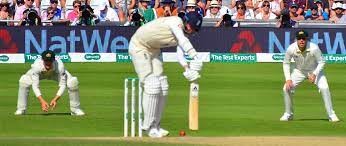
Introduction to cricket rules
Leg Before Wicket (LBW)
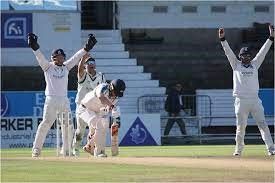
It is one of the most interesting technical parts of the game for the batsman to be given out or otherwise.
A batsman is said to be Leg Before Wicket (LBW) if the ball hits the batsman on the body which would have otherwise hit the stumps as per the umpire. The decision is taken subject to other conditions
One of the preconditions is that
- The delivery bowled should be a legal one.
- If the ball has pitched, it should not have pitched outside the line of leg stump.
- The rule of the leg stump line does not apply if the umpire believes that the batsman did not attempt to play a shot.
- The ball should not hit the bat first or the hand holding the bat.
- Ball should hit any other part of the body which is in line with the stumps.
- The impact of the ball should be in line with the stumps.
- The umpire must then decide whether the predicted trajectory of the ball would have taken it on to hit the stumps.
Before the introduction of technology all these technicalities were handled by the on-field umpire. This led to many umpire errors.
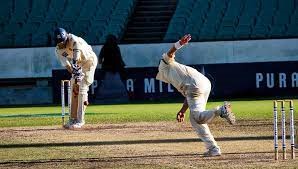
The Evolution of LBW
LBW was not part of dismissal mode in cricket initially, as it was believed that the batsman was never in line of the stumps in order to hit the ball due to the curved bats used then.
1744: The earliest known version of the laws of cricket was compiled. LBW did not exist.
Batsman stood close to the stumps and in line once the bat got straighter the frequency of the ball hitting the legs from in line deliveries increased.
1774: The first lbw law was devised.
“The striker is out if he puts his leg before the wicket with a design to stop the ball and actually prevent the ball from hitting it.”
No mention of where the ball needed to pitch or hit the batsman, and the phrase “design to stop the ball” indicated that it was an intentional act by the batsman.
1839: MCC, decided that if the ball pitched, it needed to pitch in line with the stumps for a batsman to be lbw.
This meant that the batsman could use his legs to use as a second line of defence if the ball is pitched outside the line of stumps. Impact was not considered.
This law remained unchanged for 100 years
1888: The law had to be relooked with the introduction of slow round arm bowlers and with the help of their turn, they were able to bring back the ball onto the stumps line. But as per the law, the ball had to pitch in line of stump and in its absence the batsman could still use pad as the second line of defence instead of the bat to defend.
The county cricket council sent in a proposal to the MCC to amend the LBW rule to make ball pitching in line of stumps irrelevant to remove the unfair batting practice.
The rule was not changed but use of pads became an unwritten practice to avoid
1902: Deliberation to change the rule continued but decisions could not be taken.
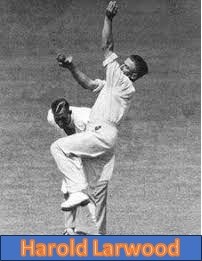
There was widespread criticism of batsmen using unfair practice due to the pitch in line rule and the bowling teams had to resort to new tactics to tackle the same. Bodyline was one Bowling strategy devised to avoid batsman leaving or padding away deliveries which were pitched outside the line.
Harold Larwood, one of the greatest fast bowlers of his time and one who used the bodyline tactics was of the view that LBW should be given for deliveries that pitched outside off stump.
1935: A trial correction was brought in the LBW rule to allow batsmen to be given out LBW to deliveries that pitched outside off stump.
There was a considerable increase in LBW dismissals.
With time the bat became the first and the only form of defence when the ball was pitched in line or outside offside. Batsmen started getting to the pitch of the ball to avoid getting out LBW.
1937: The New Offside pitch Rule was officially adopted
With the new rule, spinners started dominating the game with the new rule of the Leg Before Wicket. Blame it on bad technique but it was no more a batsman’s game.
Bowlers packed the legside and angled the bowl into the batsmen forcing them to play the ball. This increased the LBW decisions and caught on the legside.
To not allow undue advantage to the bowlers, MCC limited the number of catchers on the leg side. MCC limited on the number of catchers on the leg side.
1937: New amendment in the law was brought in the impact rule which stated that the ball when hit on the pad/ body should be in line of stumps. This allowed Batsman to put their put forward outside the off-stump line to play the ball.
1980: The new Impact Law was adopted after trials. The amended LBW law allowed the batsman to be given out LBW if the ball hit the pad outside off stump and the trajectory of the ball was going on to hit the stumps, only if the batsman was not offering a shot.
This law is practised even today.
While the LBW law was revised and practised, dodgy umpiring decisions remained a contentious issue in the game of cricket. Matches were won and lost due to absolute howlers made by the on-field umpires. Even with neutral umpires, decisions were based on reputation of the players rather than the merit of the appeal.
2008:
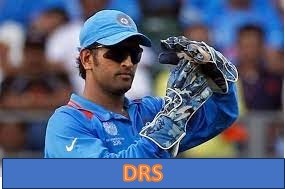
The Decision Review System (DRS) was introduced to give a limited number of referrals to both sides against an alleged wrong umpire’s decision. DRS used technology to assist the third umpire to either uphold the on-field decision or recommend a change in the decision.
Technology used over the period was the ball tracking, Hawkeye, hotspot , snicko etc
Also Read: The Technology used in Modern Cricket | Decision Review System, Snicko-meter and more
Technology used to reduce error has immensely helped the game and avoid unnecessary controversies.
The system was formally adopted in Test cricket in 2009.
Umpiring in Cricket:
Read: The Role of Umpires in Cricket: Responsibilities and Challenges
Detailed explanation of the 3-meter rule
3-meter rule comes into play for the first time this IPL!#IPL2021 #DC #RCB #RCBvsDC #RCBvDC #RoyalChallengersBangalore #DelhiCapitals #ViratKohli #RishabhPant #PlayBold #YehHaiNaiDilli #WeAreChallengers #Shaw #Pant pic.twitter.com/GOgaAAbuGc
— OneCricket (@OneCricketApp) April 27, 2021
“When a not out decision is being reviewed, where the evidence shows that the ball was hitting, the point of first interception was in line, and the ball pitched in line or outside off, but that the point of first interception was 300cm or more from the stumps, the on-field decision shall stand (that is, not out),”
It means that if a batter steps out of the crease and if struck on the pads 300 cm or 3m or more from the stumps, then the on-field decision of being not-out stays the same even if ball tracking indicates that the ball was going to crash into the wickets.
If a player comes down the track above three meters, it is tough for the technology to confirm the result. Hence the Rule of 3 meter is LBW was introduced
Conclusion
Some rules in cricket seem to be very absurd and confusing.
DRS is not perfect science and uses the closest imaginable trajectory of the ball after impact. This cannot be 100% accurate. In fact, India was one of the last teams to accept the DRS technology due to mentioned flaw.
Changes made in the rules of LBW has helped maintain balance with bat and ball and it has helped reduce the errors in decision making.
As the technology will be the same for both sides, teams do not complain and have accepted the use of technology.
FAQS
- What is impact in line in LBW?
If the ball has hit the batsman (apart from bat first and gloves) right in the line of the stumps then it is called impact in-line.
- Where all is the 3 meter rule applicable in cricket
The 3 meter rule in cricket is only applicable to LBW dismissals.
- What is 3m impact rule?
Three metre rule: DRS ball-tracking technology is believed to not be completely accurate, when the point of impact leaves the ball with three meters or more still to travel, it becomes umpire’s call.
- How many rules are there in cricket?
42 Laws
- What is the full form of LBW?
In cricket, LBW stands for Legs Before Wicket.
- What is law 40 in cricket?
The Wicket-Keeper shall remain wholly behind the wicket until a ball delivered by the Bowler touches the bat or person of the Striker, or passes the wicket, or until the Striker attempts a run.
- Can umpire give LBW without appeal?
No, Decision is made only on appeal


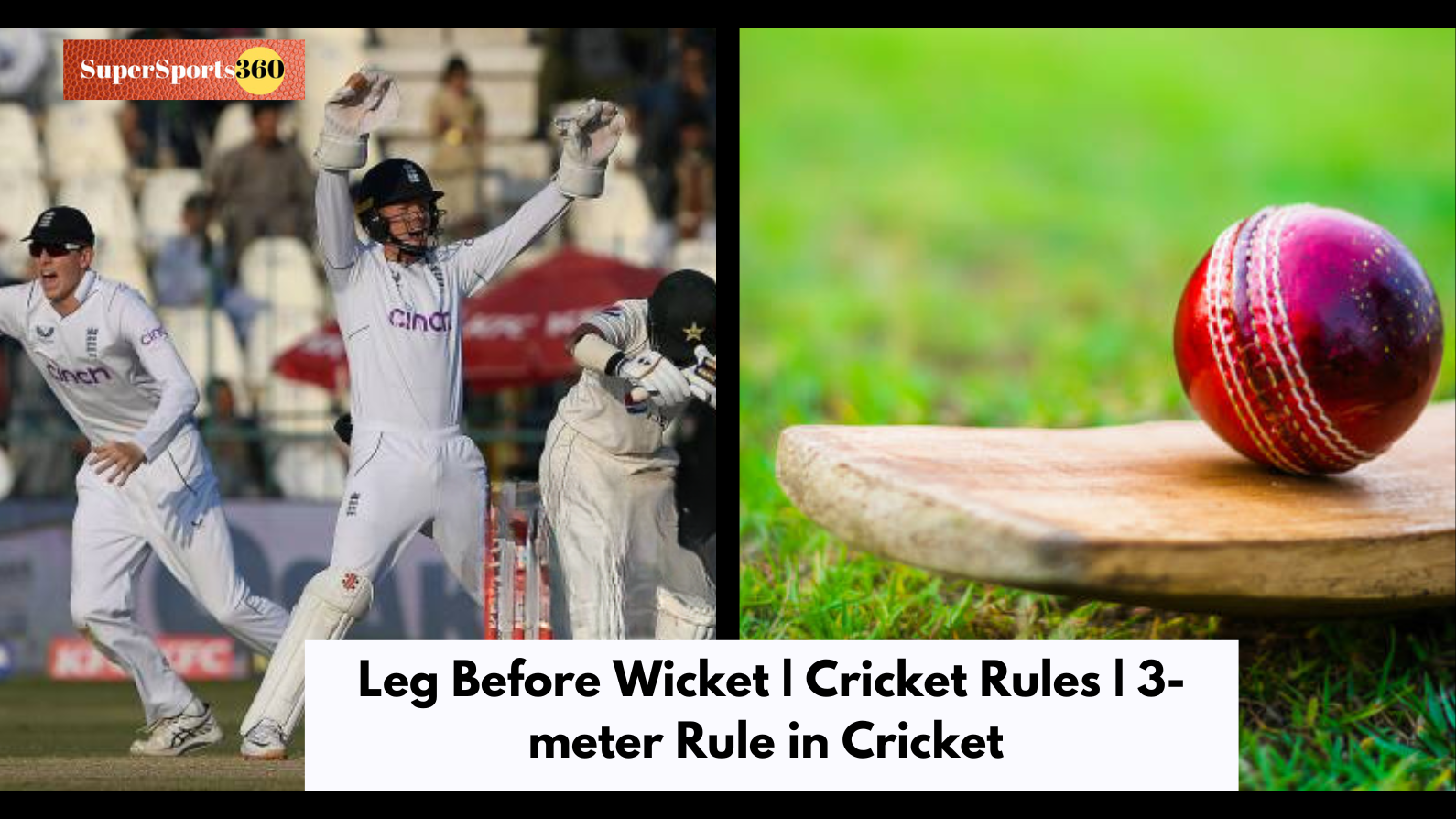
Leave A Comment